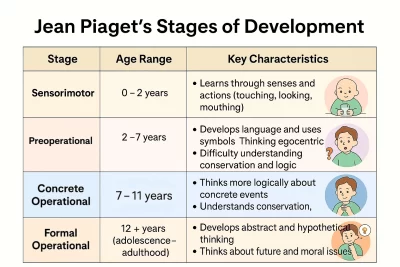
Is Robin Hood Real Exploring the Truth Behind the Legend
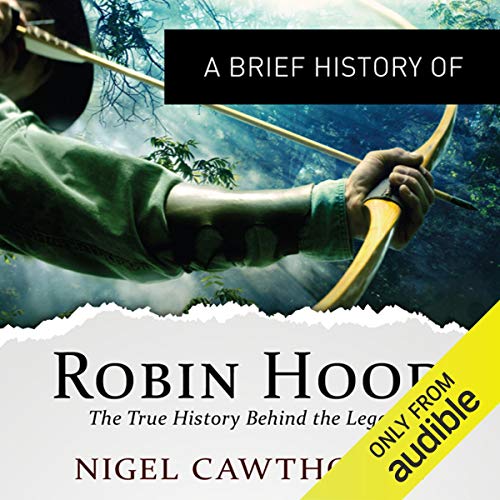
Throughout history, few legends have captured the imagination of people as profoundly as that of Robin Hood. This iconic figure symbolizes the struggle against injustice, with his well-known motto of robbing from the rich to give to the poor. But the question remains: is Robin Hood real? Many are intrigued by the tales of this noble outlaw who emerged from the depths of Sherwood Forest, leading a band of Merry Men, and engaging in a timeless conflict against the corrupt authorities of his time. This article delves into the origins, historical context, and cultural impact of Robin Hood, providing a comprehensive exploration of whether this celebrated character is rooted in reality or purely a fictional legend.
As we embark on this journey, we will examine the many facets of Robin Hood's narrative. We will explore is the Robin Hood story true by delving into the historical context of medieval England, the colorful characters who populated his story, and the symbolism embedded within the tales. With numerous adaptations in film and literature, Robin Hood’s legacy continues to live on, prompting us to ask: what is the truth behind this enduring legend?
- The Legend of Robin Hood
- Historical Context: The Time of Robin Hood
- Robin Hood's Band of Merry Men
- The Sheriff of Nottingham: The Menace in the Shadows
- The Symbolism of Robbing the Rich to Help the Poor
- The Role of Maid Marian in the Tales
- The Historical Origins: Fact vs. Fiction
- Robin Hood in Pop Culture: From Folklore to Film
- The Enduring Legacy of Robin Hood
- Conclusion: The Truth Behind the Legend
The Legend of Robin Hood
The legend of Robin Hood has evolved over the centuries, with countless variations and retellings. At its core, the story portrays Robin Hood as a hero who stands against tyranny and fights for the oppressed. The character is often depicted as a master archer, possessing unmatched skills that allow him to evade capture and outsmart his enemies. His adventures are set against the backdrop of Sherwood Forest, where he and his band of Merry Men engage in daring escapades against the ruling class.
Central to the legend is the dichotomy of wealth and poverty, with Robin Hood personifying the plight of the downtrodden. The tales frequently emphasize themes of justice, righteousness, and loyalty, showcasing Robin's unwavering commitment to helping those in need. Through the lens of folklore, Robin Hood has become more than just a character; he is a symbol of the eternal struggle against injustice.
Historical Context: The Time of Robin Hood
To better understand the legend of Robin Hood, it is essential to consider the historical context in which these tales emerged. The figure is commonly thought to have existed during the tumultuous period of the late 12th century, a time marked by political instability and social unrest in England. Following the death of King Henry II, disputes over the throne created tensions among nobles and their subjects, leaving many disenfranchised and impoverished. In such a landscape, the notion of robbing the rich to help the poor resonates with the grievances faced by many.
The narrative of Robin Hood is deeply intertwined with the political landscape of the time, where local leaders abused their power, and the common populace suffered the consequences. It is during this era that the legend took root, capturing the spirit of rebellion and the yearning for justice. The figure of Robin Hood emerged as a champion for the oppressed, resonating with a public that was hungry for heroes amid turmoil.
Robin Hood's Band of Merry Men
No story about Robin Hood is complete without mentioning his band of Merry Men. This eclectic group of followers not only supports Robin in his noble ventures but also adds a rich layer of camaraderie and humor to the narrative. Notable characters such as Little John, Will Scarlet, and Friar Tuck are integral to the tales, each bringing their unique personality and skills to the infamous outlaw band.
- Little John: As Robin's close friend and trusty lieutenant, Little John is often depicted as a giant, embodying loyalty and strength.
- Will Scarlet: Known for his swift wit and agility, Will is a key player in many of Robin's escapades, often providing comic relief.
- Friar Tuck: A jovial cleric with a love for food and drink, Friar Tuck serves to balance serious themes with light-hearted moments.
Together, this band represents the principles of friendship, equality, and rebellion, standing united against the unjust ruling class. The dynamic relationships and unwavering loyalty within the group further emphasize the significance of community in the fight for justice.
The Sheriff of Nottingham: The Menace in the Shadows
The Sheriff of Nottingham is perhaps the most infamous antagonist in the tales of Robin Hood, serving as a representation of corruption and greed. His relentless pursuit of Robin Hood places him in direct opposition to the heroic outlaw, often resulting in an engaging cat-and-mouse dynamic. The Sheriff embodies the oppressive authority that Robin seeks to challenge, making him not just a personal foe, but a symbol of the injustices faced by the common people.
Despite the Sheriff's cunning and resources, he consistently underestimates the ingenuity and resilience of Robin Hood. The stories often depict him employing various tactics, from bribery to deception, in his efforts to capture the outlaw. These confrontations encapsulate the broader struggle between good and evil, making the Sherif a pivotal figure in understanding the legend.
The Symbolism of Robbing the Rich to Help the Poor
At the heart of Robin Hood's tale lies the powerful symbolism of robbing the rich to help the poor. This act transcends mere theft; it embodies a philosophy of social justice and equity. Robin Hood’s choices mirror the frustrations of the common folk who find themselves subjugated to the whims of corrupt authorities. The act of taking from the wealthy not only provides immediate relief to those in need but also serves as a statement against systemic inequality.
This motif has resonated through the ages, transforming Robin Hood into a cultural icon associated with social justice. The legend emphasizes the significance of standing up against oppression, encouraging individuals to challenge status quos and fight for equity. These themes have continued to resonate with audiences, proving the tale’s enduring relevance in contemporary society.
The Role of Maid Marian in the Tales
Maid Marian, Robin Hood's love interest, plays a crucial role in many of the tales associated with this legendary outlaw. Traditionally portrayed as a noblewoman, Marian's character embodies strength, intelligence, and resourcefulness. Often depicted as an equal to Robin, she actively participates in the adventures and sometimes outshines her male counterparts, presenting a dynamic portrayal of women within the stories.
In various adaptations, Maid Marian is shown to be more than just a damsel in distress. Rather, she is an active participant in the fight against injustices, reinforcing themes of loyalty and courage alongside Robin Hood. Her character, thus, is instrumental in highlighting the complexities of love and partnership within the story, melding romance with the overarching narrative of rebellion.
The Historical Origins: Fact vs. Fiction
The origins of Robin Hood have been the subject of extensive scrutiny, sparking debates about the fine line between fact and fiction. While many consider him a mythical figure, elements of his story may be rooted in historical truths. Numerous historical records reference outlaws who operated in the Sherwood Forest area during the medieval period, with some scholars suggesting that Robin Hood may have been based on real individuals or a composite of various outlaws.
Additionally, the earliest ballads and tales of Robin Hood date back to the late 14th century, indicating that the character was already part of popular culture by that time. However, the embellishments of his adventures over the years have led to a rich tapestry of stories that blur the lines of authenticity. The question of is the Robin Hood story true remains a captivating inquiry as researchers continue to delve deeper into historical records and interpretations.
Robin Hood in Pop Culture: From Folklore to Film
Over the centuries, the legend of Robin Hood has inspired countless adaptations in various forms of media, solidifying his status in popular culture. From early ballads to modern films, the essence of the character continues to evolve while retaining core themes of justice and rebellion. Major film adaptations, such as Disney's animated take and Kevin Costner's portrayal in "Robin Hood: Prince of Thieves," have introduced the character to new generations, enhancing and reshaping public perception.
The media representation of Robin Hood often blends elements of action, romance, and humor, while still underscoring the hero's struggles against authoritarianism. Today, the character remains a symbol of hope and resilience, inspiring modern interpretations that reflect contemporary social issues. The lasting impact of Robin Hood's story ensures that the spirit of resistance continues to thrive, connecting audiences with timeless themes.
The Enduring Legacy of Robin Hood
As a figure that has transcended time and culture, Robin Hood embodies ideals that resonate across generations. His legacy is not just confined to the tales of medieval England; it has evolved into a global symbol of the ongoing fight for social justice and equality. In a world still grappling with inequality, the stories of Robin Hood continue to inspire movements and individuals who dare to challenge the status quo.
The character's journey serves as a reminder of the importance of integrity, courage, and common humanity. Whether through literary works, theatrical productions, or cinematic portrayals, the legend of Robin Hood persists, ensuring that the message of hope and resistance is never forgotten.
Conclusion: The Truth Behind the Legend
The legend of Robin Hood remains one of the most enduring stories, captivating hearts and minds for centuries. As we explore the depths of this tale, we are left with the intriguing question: is Robin Hood real? While definitive proof of his existence may be elusive, the essence of Robin Hood reflects universal themes of justice, rebellion, and community empowerment that resonate deeply with humanity.
Though we may never determine the true origins of Robin Hood, the fervor with which his story is told demonstrates a collective yearning for justice and equality. As we consider the elements of historical context, cultural representations, and the characters intertwined in the narrative, we can appreciate the enduring legacy that continues to inspire and provoke thought in an ever-evolving world. Ultimately, the truth behind the legend lies in its power to inspire, challenge, and resonate with our collective conscience.
Did you find this article helpful? Is Robin Hood Real Exploring the Truth Behind the Legend See more here Education.
Leave a Reply


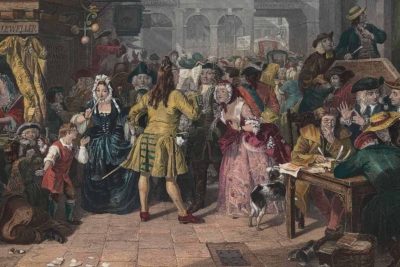
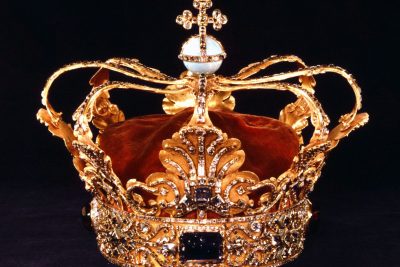
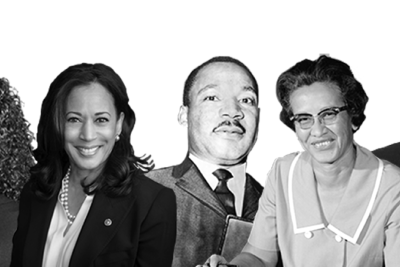

Related posts